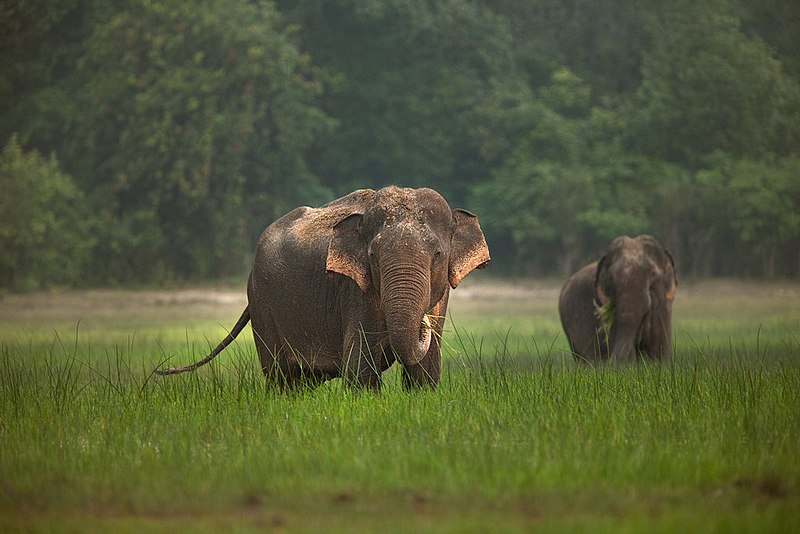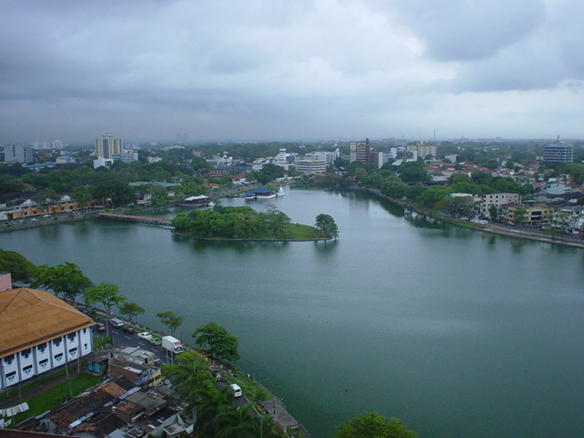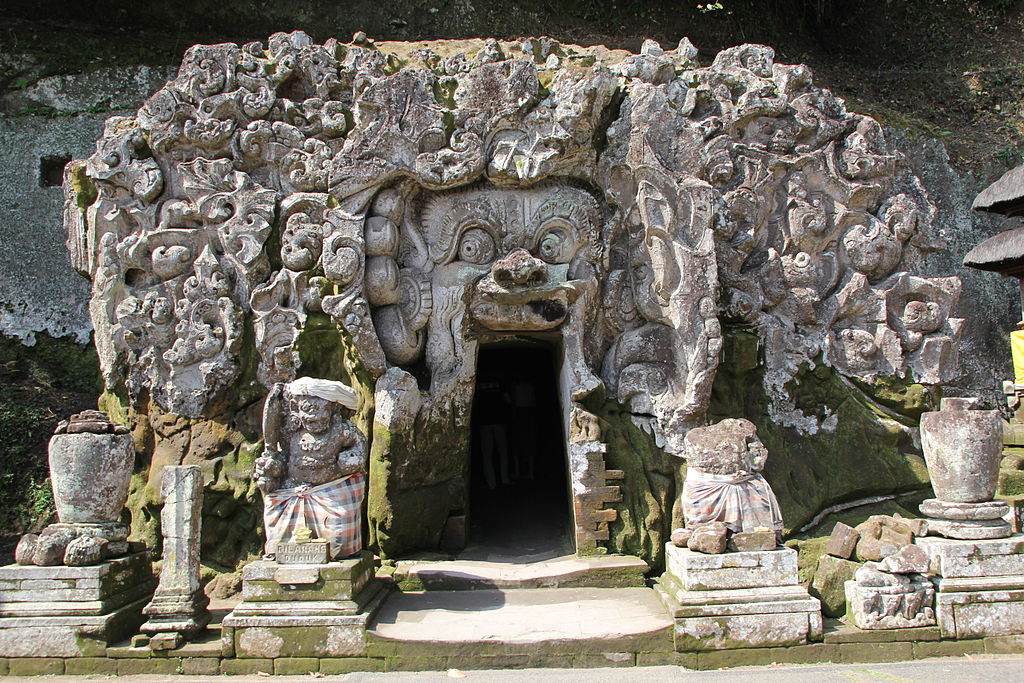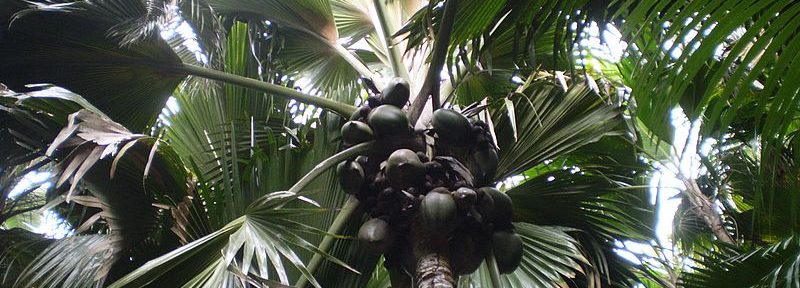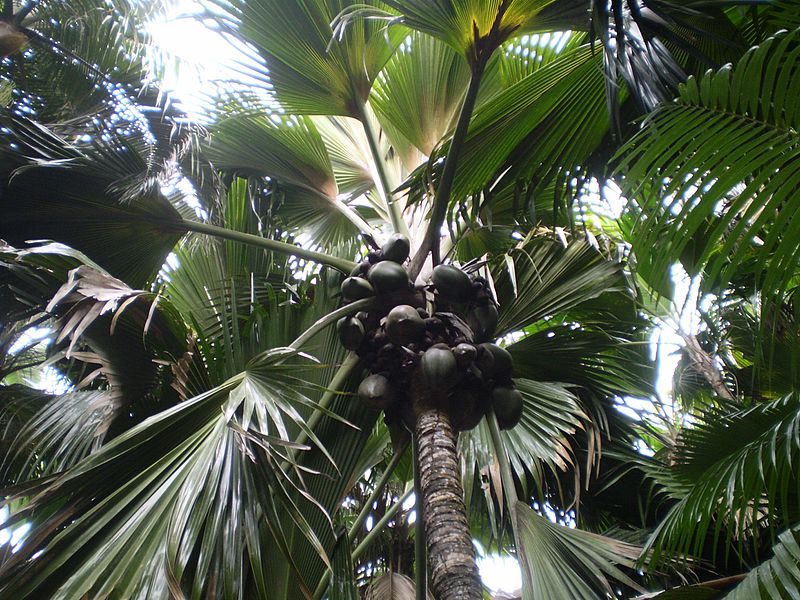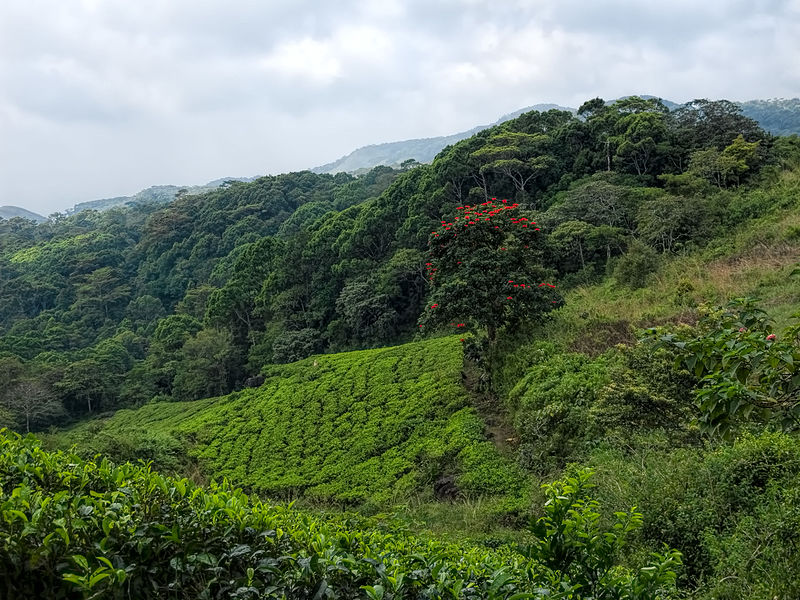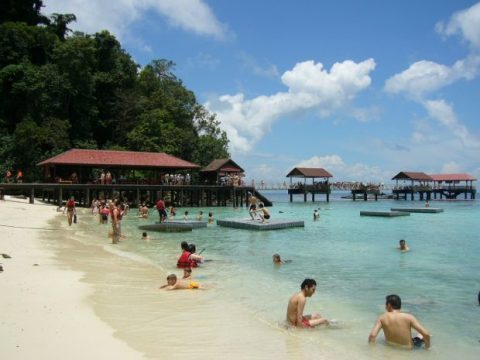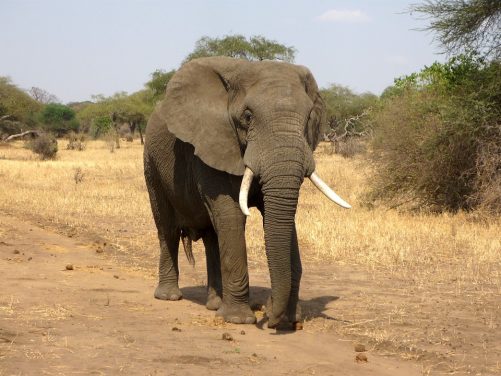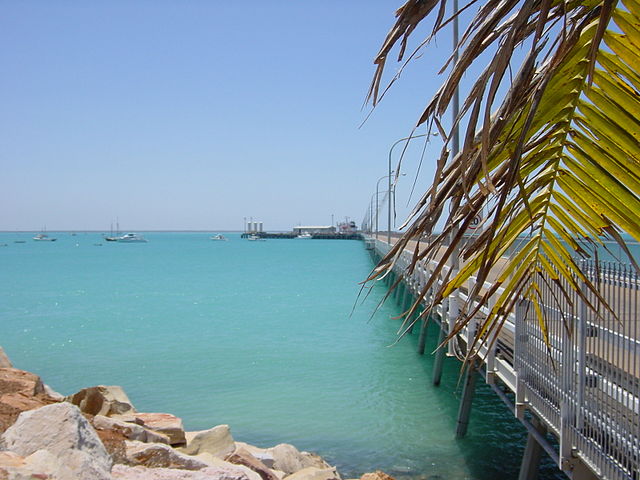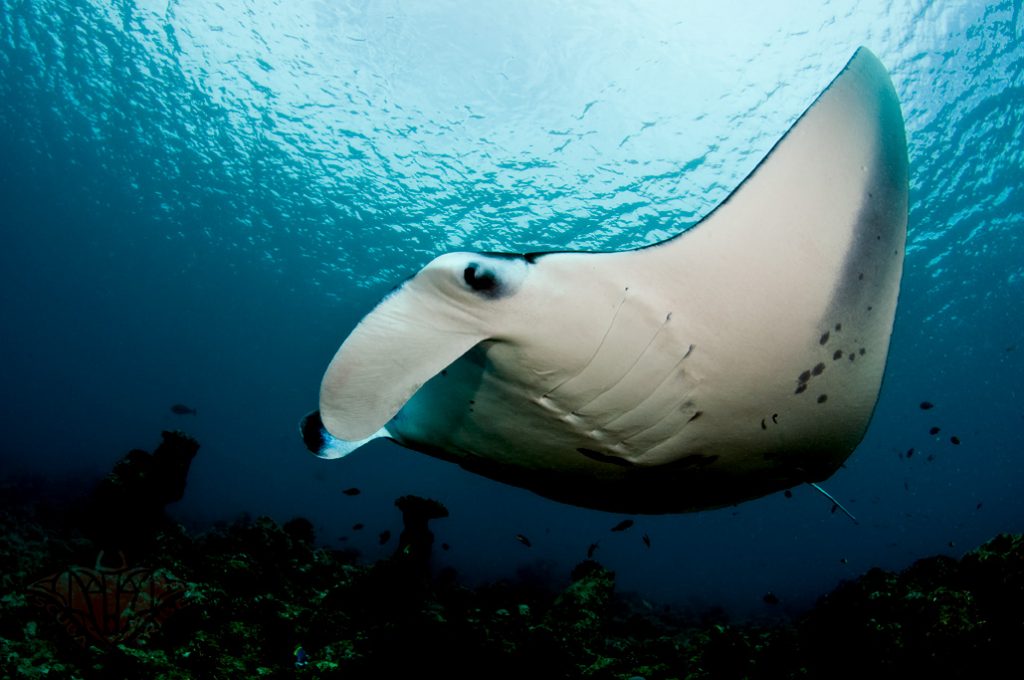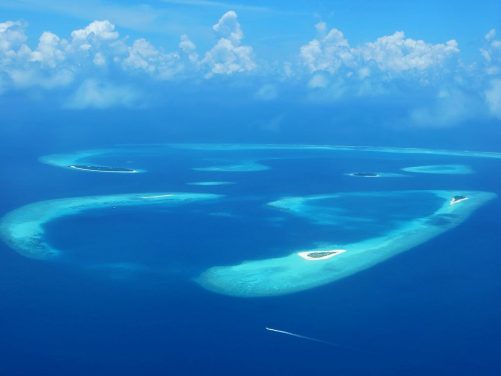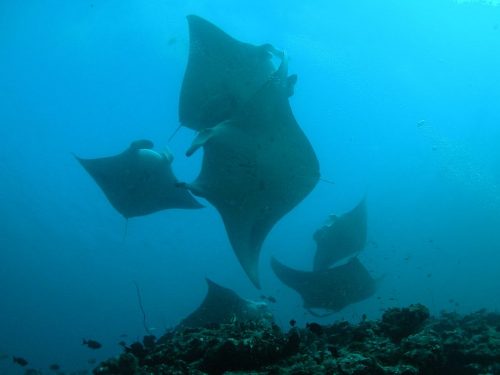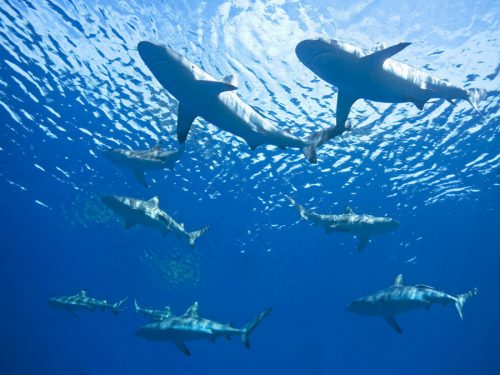Both trodden and untrodden paths of jungles in Sri Lanka hold an abundance of adventure and intrigue. Despite its small size, the country boasts a wide variety of wildlife. Do read on!
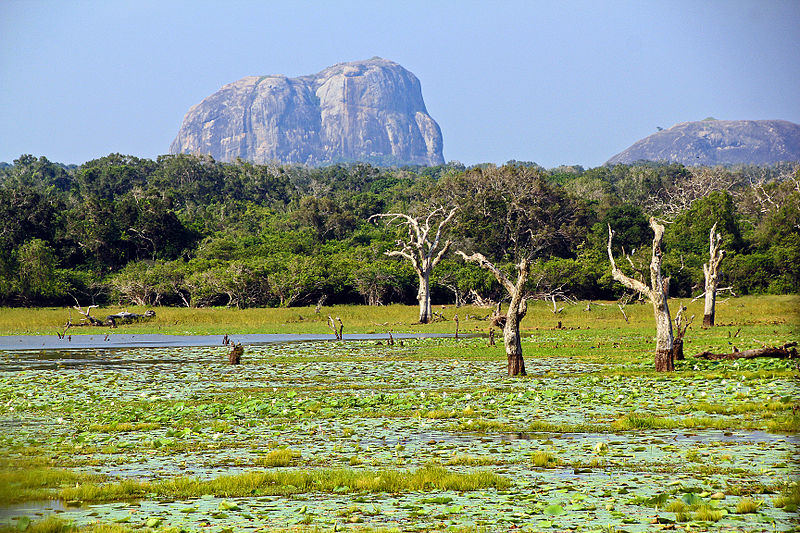
Yala National Park
If you want to spot a Sri Lankan leopard, there will be no better place than the Yala National Park! Don’t get excited as you get closer to view a leopard on a tree or stalking its next prey! Sloth bears, elephants, and many other creatures can be experienced up close. This dry zone park is just one of the rustic wildlife reserves Cinnamon Nature Trails and other leading tour operators in Sri Lanka cover.
Sinharaja Forest
Staying true to its name, the Sinharaja Forest which means the ‘Lion Kingdom’ is an important biodiversity hotspot in the country. In 1988, this forest became a UNESCO World Heritage Site due to its exceptional geological features. It is home to more than 50% of endemic species including mammals, butterflies as well as many kinds of insects and reptiles.
Minneriya National Park
A park that is always covered in most popular Sri Lanka wildlife tours, Minneriya is best known for its large population of migratory elephants. The park is also home to diverse species of birds, reptiles, amphibians, and even fish. The surroundings too are quite beautiful with dense shrubberies and vast grassy plans.
Bundala National Park
This park is well-known as a wildlife hotspot for aquatic bird life! The most impressive aspect of the park is its terrain made up of sand dunes, scrub jungle, salt pans, lagoons and long stretches of coastline.
Roland Lefevre is a travel writer who specializes in creating features on leisure as well as business travel destinations across the globe. Google+

